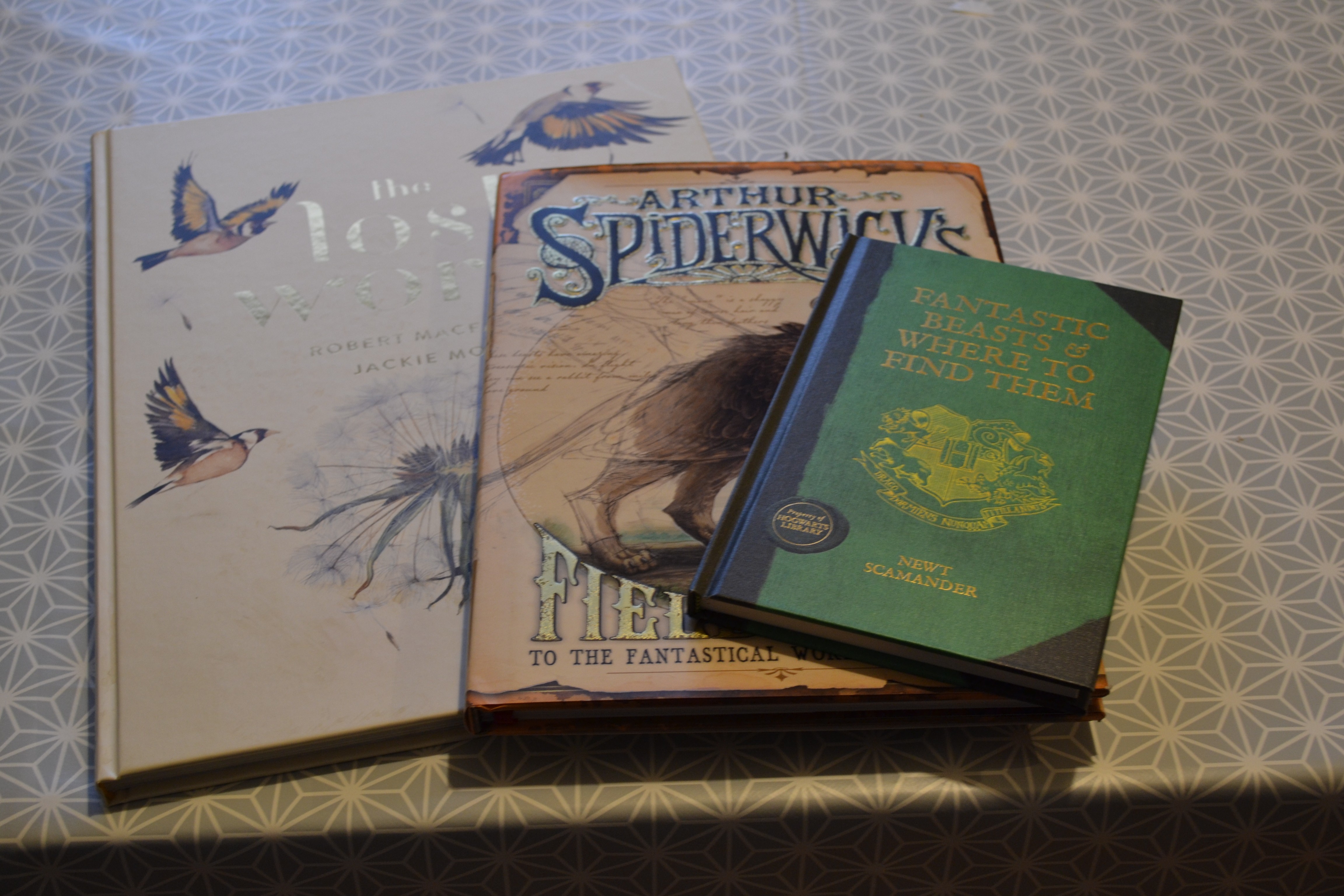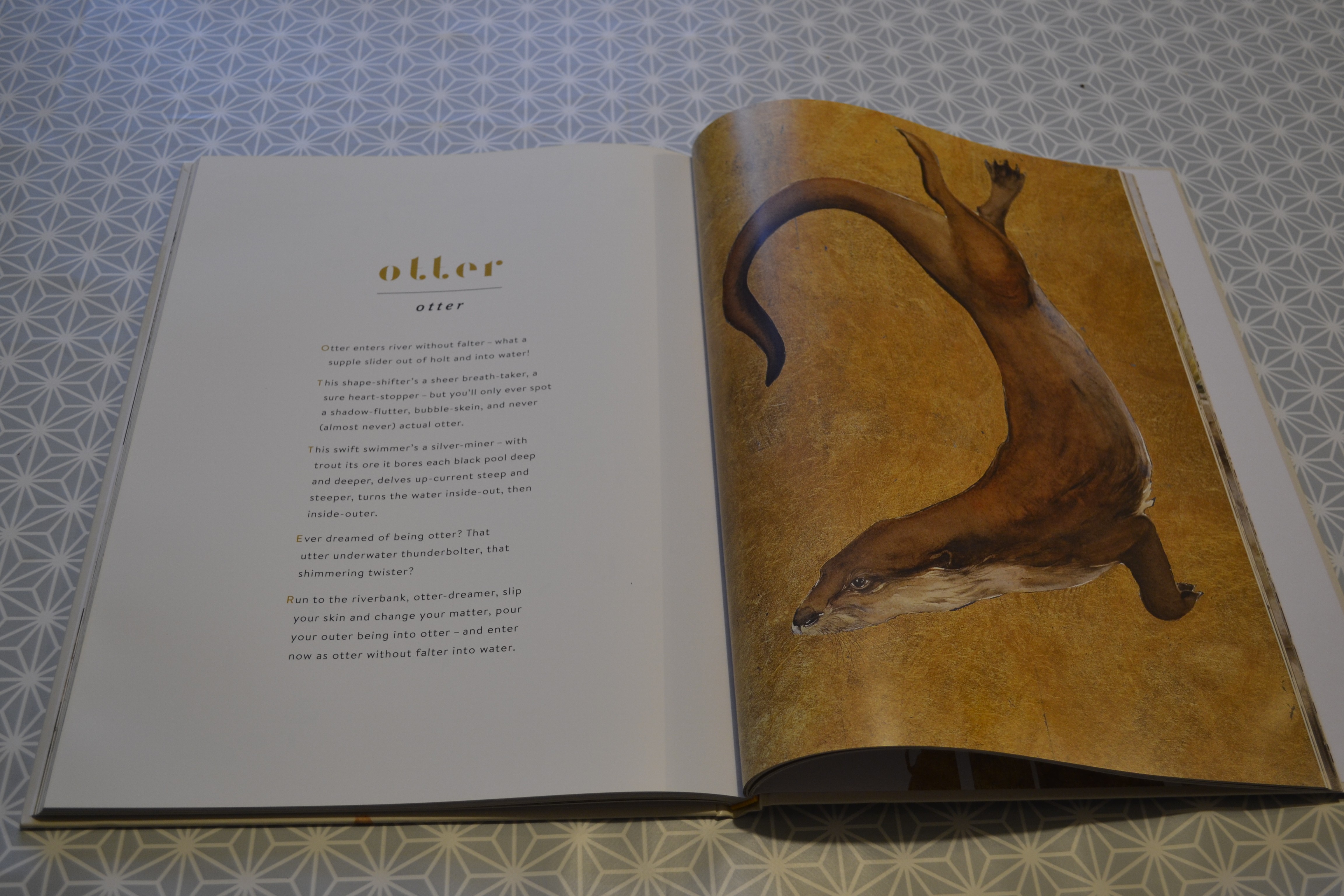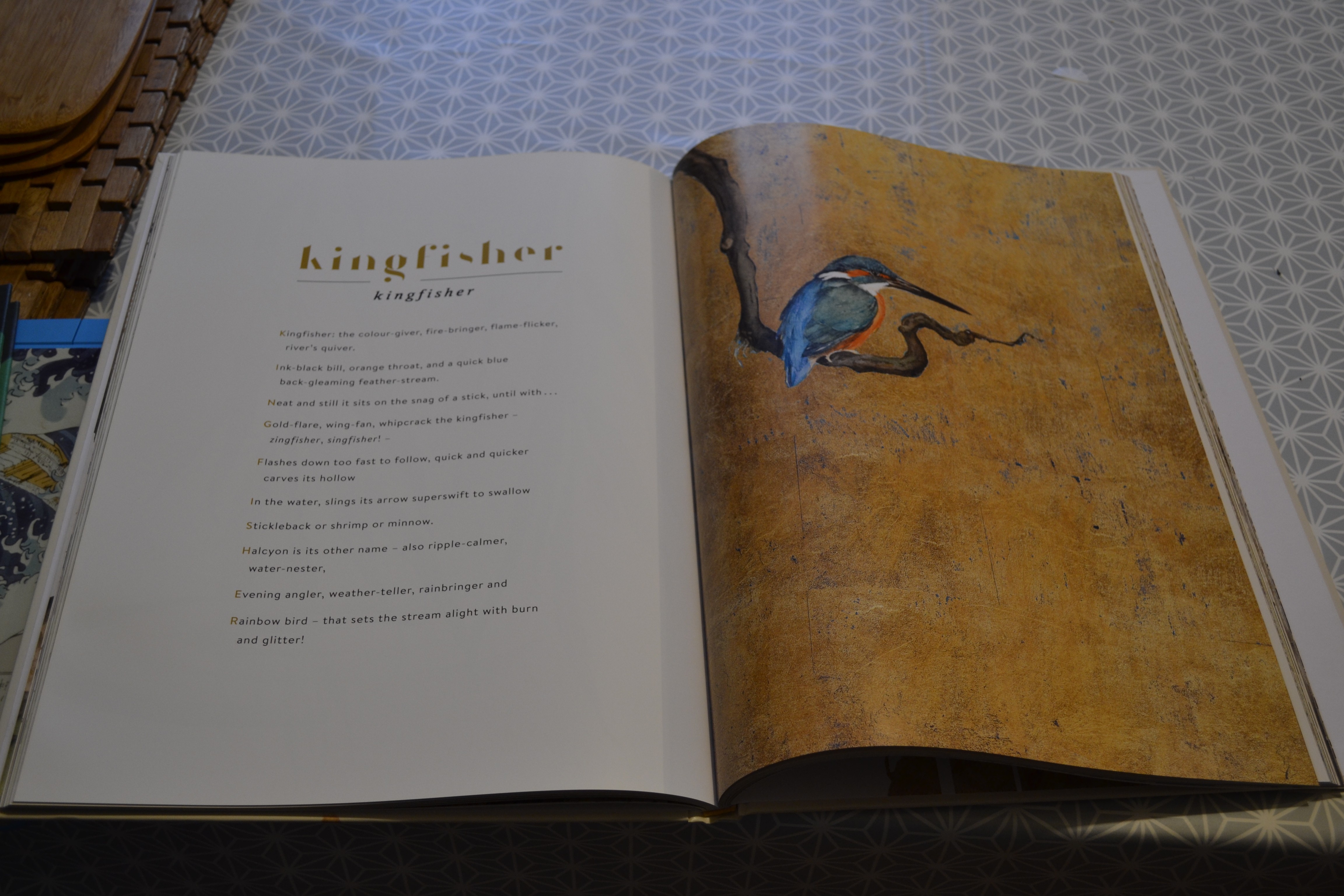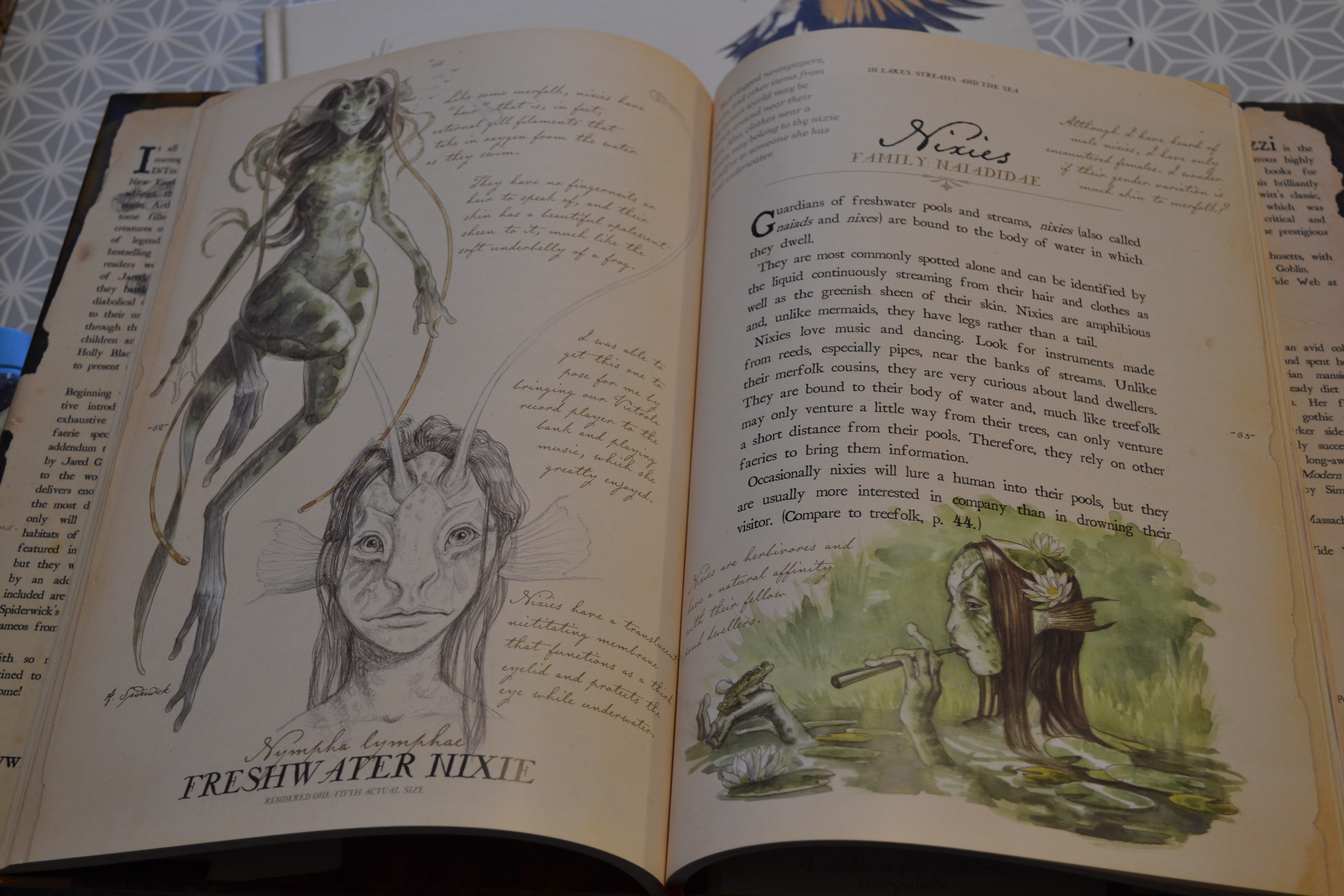A Field Guide To Fantastic Beasts opens up a realm of imagination and discovery, inviting enthusiasts of all ages to explore the mythical creatures that captivate our minds. CONDUCT.EDU.VN provides a comprehensive resource for understanding these wondrous beings, offering insights into their habitats, behaviors, and the ethical considerations surrounding their interactions. Dive into the enchanting world of cryptozoology, mythological creatures, and legendary animals, all while upholding responsible and respectful engagement with the natural world and beyond.
1. Unveiling the World of Fantastic Beasts
The concept of “fantastic beasts” has captured imaginations for centuries, blending elements of mythology, folklore, and cryptozoology. From the pages of ancient bestiaries to modern fantasy literature, these creatures have served as symbols of wonder, fear, and the unknown. Understanding their origins and cultural significance provides a foundation for responsible exploration and appreciation.
1.1. Historical Roots of Fantastic Beasts
Throughout history, various cultures have documented and described creatures that defy conventional zoological classification. These accounts often intertwine with religious beliefs, moral lessons, and explanations of natural phenomena. Bestiaries, popular during the Middle Ages, served as encyclopedic guides to both real and imagined animals, each imbued with symbolic meaning.
-
Ancient Mythology: Gods and monsters from Greek, Roman, Egyptian, and Norse mythology often featured prominently in these narratives.
-
Medieval Bestiaries: These illuminated manuscripts cataloged animals, plants, and stones, attributing moral and allegorical qualities to each.
-
Folklore and Legends: Local legends and oral traditions passed down stories of mythical creatures inhabiting specific regions, fostering a sense of place and identity.
1.2. Modern Interpretations: Cryptozoology and Fantasy
In contemporary times, the fascination with fantastic beasts persists, manifesting in diverse forms such as cryptozoology and fantasy literature. Cryptozoology seeks to scientifically investigate the existence of cryptids, animals whose existence has not been proven. Fantasy literature, exemplified by works like J.K. Rowling’s “Fantastic Beasts and Where to Find Them,” reimagines these creatures in imaginative and often allegorical ways.
-
Cryptozoology: Explores anecdotal evidence and sightings of creatures like Bigfoot, the Loch Ness Monster, and the Chupacabra, seeking scientific validation.
-
Fantasy Literature: Utilizes fantastic beasts as integral components of world-building, character development, and thematic exploration.
-
Film and Gaming: Further popularize these creatures, often portraying them with intricate detail and engaging narratives.
1.3. The Importance of Ethical Considerations
As enthusiasts explore the world of fantastic beasts, whether through imaginative play or scientific inquiry, ethical considerations are paramount. Respect for the environment, responsible research practices, and sensitivity to cultural narratives are essential.
-
Environmental Responsibility: Avoid promoting activities that could harm natural habitats or endanger real-world species.
-
Cultural Sensitivity: Acknowledge and respect the cultural significance of creatures in different traditions, avoiding appropriation or misrepresentation.
-
Responsible Research: Adhere to ethical guidelines when investigating potential cryptids, prioritizing animal welfare and scientific integrity.
2. A Compendium of Notable Fantastic Beasts
The realm of fantastic beasts is vast and diverse, encompassing creatures from various cultural traditions and literary works. Here, we present a selection of notable examples, categorized by their origins and characteristics.
2.1. Creatures of Myth and Legend
These creatures have deep roots in mythology and folklore, often embodying symbolic meanings and moral lessons.
| Creature | Origin | Characteristics | Symbolic Significance |
|---|---|---|---|
| Unicorn | European | Pure white horse with a single horn on its forehead | Purity, innocence, grace |
| Dragon | Global | Reptilian creature with wings, scales, and the ability to breathe fire | Power, wisdom, destruction, protection |
| Griffin | Ancient Near East | Body of a lion and head of an eagle | Strength, courage, guardianship |
| Phoenix | Greek | Bird that cyclically regenerates or is otherwise born again | Immortality, rebirth, resilience |
| Cerberus | Greek | Multi-headed dog that guards the gates of the Underworld | Loyalty, guardianship, ferocity |
| Mermaid | Global | Human torso with a fish tail | Allure, mystery, danger |
| Centaur | Greek | Upper body of a human and lower body of a horse | Wisdom, savagery, duality |
| Sphinx | Greek/Egyptian | Body of a lion with a human head | Wisdom, riddles, guardianship |
| Basilisk | European | King of snakes, capable of killing with a glance | Death, evil, power |
| Yeti (Abominable Snowman) | Himalayan | Large, ape-like creature said to inhabit the Himalayan region | Mystery, elusiveness, the unknown |




2.2. Cryptids: Beasts of Unproven Existence
Cryptids are animals whose existence has been suggested but not scientifically confirmed. These creatures often inspire both scientific curiosity and skepticism.
| Cryptid | Region | Description | Evidence |
|---|---|---|---|
| Bigfoot (Sasquatch) | North America | Large, hairy, bipedal hominid | Footprints, eyewitness accounts, blurry photographs |
| Loch Ness Monster | Scotland | Large aquatic creature said to inhabit Loch Ness | Sonar readings, photographs, anecdotal evidence |
| Chupacabra | Latin America | Creature said to attack livestock, draining their blood | Carcasses of animals, eyewitness accounts |
| Mokele-mbembe | Congo | Sauropod-like creature said to inhabit the Congo River basin | Eyewitness accounts, local folklore |
| Jersey Devil | New Jersey, USA | A bipedal creature with hooves, bat-like wings, and a horse-like head | Historical accounts, sightings, folklore |
| Mongolian Death Worm | Gobi Desert | A worm-like creature said to be capable of spraying acid or electric shocks | Eyewitness accounts, legends |
| Orang Pendek | Sumatra | A small, bipedal hominid said to inhabit the forests of Sumatra | Footprints, eyewitness accounts |
| Yowie | Australia | A hairy, bipedal hominid said to inhabit the Australian wilderness | Footprints, eyewitness accounts |
| Thunderbird | North America | A giant bird capable of creating thunder and lightning | Native American legends, eyewitness accounts |
| Cadborosaurus (Caddy) | British Columbia | A sea serpent-like creature said to inhabit the waters off British Columbia | Sightings, anecdotal evidence, possible photographic evidence |
2.3. Fantastic Beasts in Literature and Film
Literature and film have played a significant role in shaping our understanding and perception of fantastic beasts.
-
J.K. Rowling’s “Fantastic Beasts and Where to Find Them”: This book expands the Harry Potter universe, introducing a menagerie of magical creatures and the wizarding zoologist Newt Scamander.
-
The Spiderwick Chronicles: This series features a field guide to fantastical creatures, blending fantasy with natural history.
-
Guillermo del Toro’s Films: Del Toro’s films, such as “Pan’s Labyrinth” and “The Shape of Water,” often feature unique and imaginative creatures that explore themes of humanity, otherness, and the environment.
3. Responsible Exploration: A Guide for Enthusiasts
Exploring the world of fantastic beasts, whether real or imagined, requires a responsible and ethical approach. This guide provides practical steps for enthusiasts to engage with these creatures respectfully and meaningfully.
3.1. Research and Education
Before embarking on any exploration, research is essential. Understand the cultural significance, historical context, and potential environmental impacts associated with the creatures you are interested in.
-
Consult Reputable Sources: Rely on academic journals, museum archives, and credible websites for accurate information. CONDUCT.EDU.VN offers valuable insights into ethical considerations and responsible research practices.
-
Engage with Local Communities: If exploring creatures with cultural significance, consult with local communities and respect their traditions and beliefs.
-
Understand Legal Frameworks: Be aware of any laws or regulations protecting endangered species or culturally significant sites.
3.2. Ethical Field Practices
If conducting field research or exploring potential cryptid habitats, adhere to strict ethical guidelines to minimize your impact on the environment and wildlife.
-
Minimize Disturbance: Avoid disrupting natural habitats, damaging vegetation, or interfering with animal behavior.
-
Respect Private Property: Obtain permission before entering private land and adhere to any restrictions imposed by landowners.
-
Avoid Introducing Invasive Species: Take precautions to prevent the accidental introduction of non-native plants or animals into new environments.
-
Do Not Feed Wildlife: Feeding wildlife can alter their natural behavior, make them dependent on humans, and disrupt the ecosystem.
-
Proper Waste Disposal: Pack out all trash and dispose of it properly to prevent pollution and harm to wildlife.
3.3. Responsible Documentation and Sharing
When documenting your explorations, whether through photography, writing, or other media, be mindful of the potential impact of your work.
-
Obtain Consent: If photographing or filming people, obtain their informed consent before sharing their images or stories.
-
Protect Sensitive Information: Avoid disclosing the exact location of sensitive habitats or endangered species.
-
Share Information Responsibly: When sharing your findings, be clear about the limitations of your data and avoid sensationalizing or misrepresenting your results.
-
Acknowledge Sources: Properly cite all sources and give credit to the individuals and organizations that contributed to your research.
4. The Role of CONDUCT.EDU.VN in Promoting Ethical Exploration
CONDUCT.EDU.VN serves as a valuable resource for enthusiasts seeking to explore the world of fantastic beasts in a responsible and ethical manner. The website provides a wealth of information, guidance, and tools to help individuals navigate the complexities of this fascinating field.
4.1. Providing Comprehensive Information
CONDUCT.EDU.VN offers a comprehensive database of information on various fantastic beasts, including their origins, cultural significance, and potential environmental impacts. This information is curated by experts and regularly updated to ensure accuracy and relevance.
-
Detailed Profiles: Each creature profile includes information on its physical characteristics, habitat, behavior, and cultural significance.
-
Ethical Guidelines: The website provides clear and concise ethical guidelines for exploring and interacting with fantastic beasts, whether real or imagined.
-
Case Studies: Real-world case studies illustrate the ethical challenges and potential consequences of irresponsible exploration.
4.2. Fostering Responsible Research Practices
CONDUCT.EDU.VN promotes responsible research practices by providing guidance on ethical data collection, analysis, and dissemination.
-
Research Protocols: The website offers detailed research protocols for investigating potential cryptids, emphasizing the importance of minimizing disturbance to the environment and wildlife.
-
Data Integrity: Guidelines on data integrity ensure that research findings are accurate, reliable, and transparent.
-
Peer Review: Encouraging peer review helps to ensure the quality and validity of research findings.
4.3. Promoting Cultural Sensitivity
CONDUCT.EDU.VN emphasizes the importance of cultural sensitivity when exploring creatures with cultural significance.
-
Cultural Context: The website provides detailed information on the cultural context of various creatures, including their roles in mythology, folklore, and religious traditions.
-
Community Engagement: Guidance on engaging with local communities helps to ensure that explorations are conducted in a respectful and collaborative manner.
-
Avoiding Appropriation: The website provides guidance on avoiding cultural appropriation and misrepresentation.
5. Case Studies: Ethical Dilemmas in Fantastic Beast Exploration
Examining real-world case studies can help to illustrate the ethical dilemmas that can arise when exploring the world of fantastic beasts.
5.1. The Loch Ness Monster: Balancing Scientific Inquiry and Environmental Protection
The Loch Ness Monster has captivated imaginations for centuries, inspiring numerous expeditions and scientific investigations. However, these explorations have also raised concerns about the potential impact on the fragile ecosystem of Loch Ness.
-
Ethical Dilemma: Balancing the desire to scientifically investigate the existence of the Loch Ness Monster with the need to protect the unique environment of Loch Ness.
-
Potential Solutions: Employing non-invasive research methods, such as sonar and underwater cameras, minimizing disturbance to the loch and its inhabitants.
-
CONDUCT.EDU.VN Guidance: Provides guidelines on ethical data collection and minimizing environmental impact.
5.2. Bigfoot Sightings: Respecting Private Property and Avoiding Sensationalism
Bigfoot sightings are frequently reported in North America, often leading to expeditions into remote wilderness areas. These expeditions can raise ethical concerns about trespassing on private property and sensationalizing unconfirmed evidence.
-
Ethical Dilemma: Balancing the desire to investigate Bigfoot sightings with the need to respect private property and avoid spreading misinformation.
-
Potential Solutions: Obtaining permission before entering private land, avoiding the use of sensational language when reporting sightings, and emphasizing the lack of conclusive evidence.
-
CONDUCT.EDU.VN Guidance: Provides guidelines on respecting private property and sharing information responsibly.
5.3. Cultural Appropriation of Indigenous Creatures: Respecting Traditions and Avoiding Misrepresentation
Many indigenous cultures have their own unique creatures and legends, which can be vulnerable to cultural appropriation and misrepresentation.
-
Ethical Dilemma: Balancing the desire to learn about and share indigenous cultures with the need to respect their traditions and avoid cultural appropriation.
-
Potential Solutions: Consulting with indigenous communities before sharing their stories, accurately representing their beliefs and traditions, and avoiding the use of their creatures for commercial gain without permission.
-
CONDUCT.EDU.VN Guidance: Provides guidance on cultural sensitivity and avoiding appropriation.
6. Practical Tips for Fantastic Beast Enthusiasts
Here are some practical tips for enthusiasts who want to explore the world of fantastic beasts in a responsible and ethical manner.
6.1. Before You Go
- Research Thoroughly: Learn about the creatures you are interested in, their habitats, and their cultural significance.
- Plan Your Route: Choose your route carefully, considering environmental factors and potential impacts on wildlife.
- Pack Appropriately: Bring the necessary equipment, such as binoculars, notebooks, and cameras, but avoid bringing items that could harm the environment.
- Inform Others: Let someone know your plans and when you expect to return.
6.2. During Your Exploration
- Stay on Marked Trails: Avoid venturing off marked trails, which can damage vegetation and disturb wildlife.
- Leave No Trace: Pack out all trash and dispose of it properly.
- Observe Wildlife from a Distance: Avoid approaching or disturbing animals.
- Respect Private Property: Obtain permission before entering private land.
- Be Aware of Your Surroundings: Pay attention to the weather, terrain, and potential hazards.
6.3. After Your Exploration
- Share Your Findings Responsibly: Avoid sensationalizing or misrepresenting your results.
- Acknowledge Your Sources: Properly cite all sources and give credit to the individuals and organizations that contributed to your research.
- Contribute to Conservation Efforts: Support organizations that are working to protect endangered species and preserve natural habitats.
7. The Future of Fantastic Beast Exploration: A Call for Collaboration
The future of fantastic beast exploration depends on collaboration between enthusiasts, scientists, and local communities. By working together, we can ensure that these creatures, whether real or imagined, are explored in a responsible and ethical manner.
7.1. Encouraging Interdisciplinary Research
Interdisciplinary research, bringing together experts from different fields, can provide a more comprehensive understanding of fantastic beasts.
-
Collaboration between Zoologists and Anthropologists: Combining zoological knowledge with anthropological insights can help to understand the cultural significance of creatures and their relationship with humans.
-
Integration of Scientific and Traditional Knowledge: Combining scientific research with traditional knowledge can provide a more holistic understanding of creatures and their habitats.
7.2. Empowering Local Communities
Local communities often have a deep understanding of the creatures in their region and can play a vital role in their conservation.
-
Supporting Community-Based Conservation Initiatives: Providing resources and support to local communities can empower them to protect their natural resources and cultural heritage.
-
Engaging Local Communities in Research: Involving local communities in research projects can ensure that their knowledge and perspectives are taken into account.
7.3. Promoting Ethical Tourism
Ethical tourism can provide economic benefits to local communities while also promoting conservation.
-
Supporting Eco-Friendly Tourism Operators: Choosing tourism operators that prioritize environmental protection and community benefits.
-
Educating Tourists about Responsible Travel Practices: Providing tourists with information on how to minimize their impact on the environment and respect local cultures.
8. FAQs: Navigating the World of Fantastic Beasts
Q1: What is a fantastic beast?
A fantastic beast is a creature that exists in mythology, folklore, fantasy literature, or cryptozoology, often defying conventional zoological classification.
Q2: Is it ethical to hunt for cryptids?
Hunting cryptids raises ethical concerns about potential harm to undiscovered species and disturbance to natural habitats. Non-invasive observation and documentation methods are recommended.
Q3: How can I ensure my research on fantastic beasts is ethical?
Consult reputable sources, engage with local communities, adhere to ethical field practices, and share information responsibly. CONDUCT.EDU.VN provides detailed guidelines.
Q4: What is cultural appropriation in the context of fantastic beasts?
Cultural appropriation involves using creatures or legends from other cultures without permission, disrespecting their traditions, or misrepresenting their beliefs.
Q5: How can I support conservation efforts related to real animals inspired by fantastic beasts?
Support organizations that are working to protect endangered species and preserve natural habitats.
Q6: What role does CONDUCT.EDU.VN play in promoting ethical exploration of fantastic beasts?
CONDUCT.EDU.VN provides comprehensive information, fosters responsible research practices, and promotes cultural sensitivity, helping enthusiasts explore the world of fantastic beasts in a responsible and ethical manner.
Q7: Where can I find reliable information about cryptids?
Consult reputable cryptozoology organizations, academic journals, and museums. Be cautious of sensationalized or unverified sources.
Q8: How can I get involved in fantastic beast research?
Contact local universities, museums, or cryptozoology organizations to inquire about research opportunities.
Q9: What are some non-invasive methods for studying cryptids?
Non-invasive methods include camera trapping, audio recording, sonar scanning, and collecting environmental DNA samples.
Q10: What are the benefits of studying fantastic beasts?
Studying fantastic beasts can foster creativity, critical thinking, and appreciation for cultural diversity and the natural world. It can also inspire conservation efforts and promote responsible exploration.
9. Conclusion: Embracing Wonder with Responsibility
The allure of fantastic beasts lies in their ability to ignite our imaginations and inspire a sense of wonder. By approaching their exploration with responsibility, ethics, and respect for cultural narratives, we can unlock their potential to educate, inspire, and connect us to the world around us.
CONDUCT.EDU.VN stands as a beacon, guiding enthusiasts toward a future where the exploration of fantastic beasts is synonymous with responsible stewardship, cultural sensitivity, and a deep appreciation for the mysteries that enrich our world.
Ready to embark on your journey into the realm of fantastic beasts? Visit conduct.edu.vn today for detailed guides, ethical frameworks, and resources that will help you explore responsibly and respectfully. Contact us at 100 Ethics Plaza, Guideline City, CA 90210, United States or via Whatsapp at +1 (707) 555-1234. Let’s explore the wonders together while upholding the highest standards of conduct.